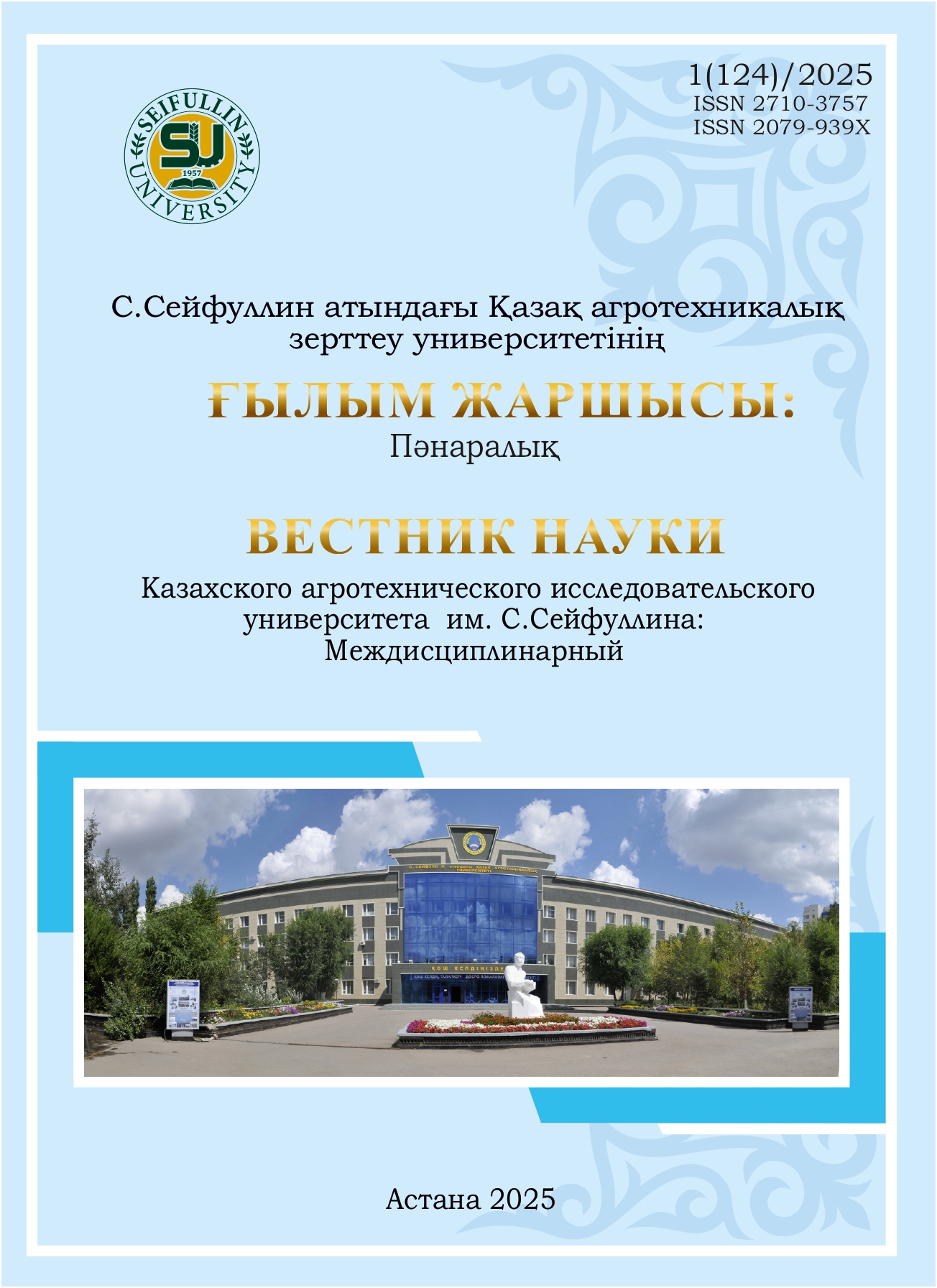Evaluation of technological qualities of narrow-leaved lupine seeds depending on agricultural practices in the conditions of Northern Kazakhstan
DOI:
https://doi.org/10.51452/kazatu.2025.1(124).1814Keywords:
lupine; growth regulator; priming; protein; productivity.Abstract
Background and Aim. In recent years, there has been a worldwide shortage of protein in animal feed, which makes leguminous crops especially significant, since they contain high concentrations of protein (20-50% in green mass and grain). Lupin, a relatively new crop for Kazakhstan, is known for its adaptability to various growing conditions and high productivity. The purpose of this study is to determine the optimal agrotechnical techniques that can increase productivity and improve the quality of lupin seeds in the conditions of the steppe zone of Northern Kazakhstan.
Materials and Methods. The study was conducted in the conditions of Northern Kazakhstan using field experiments to study the effect of different sowing dates, seeding rates, growth regulators and seed priming on the yield and quality characteristics of seeds. The following agricultural parameters were selected: sowing dates – May 5, 10, 15, seeding rates of 0.8; 1.0; 1.2; million germinating seeds/ha and seed treatment with growth regulators. The methodology included field experiments, accounting for yields and quality indicators, and data analysis using statistical methods.
Results. The optimal conditions for increasing protein and oil content in the arid climate of Northern Kazakhstan were the sowing dates of May 5 and the seeding rate of 1.0 million germinating seeds per hectare. The highest protein (868 kg/ha) and oil (315 kg/ha) yields were achieved with combined treatment with growth regulators Megamix Seeds and Phosphorus.
Conclusion. These results provide a foundation for further research of agrotechnical methods of cultivation of narrow leaved lupin and can be used to develop recommendations for its cultivation of this crop in the steppe zone of Northern Kazakhstan,contributing to the resolution of protein deficiency in animal feed.

